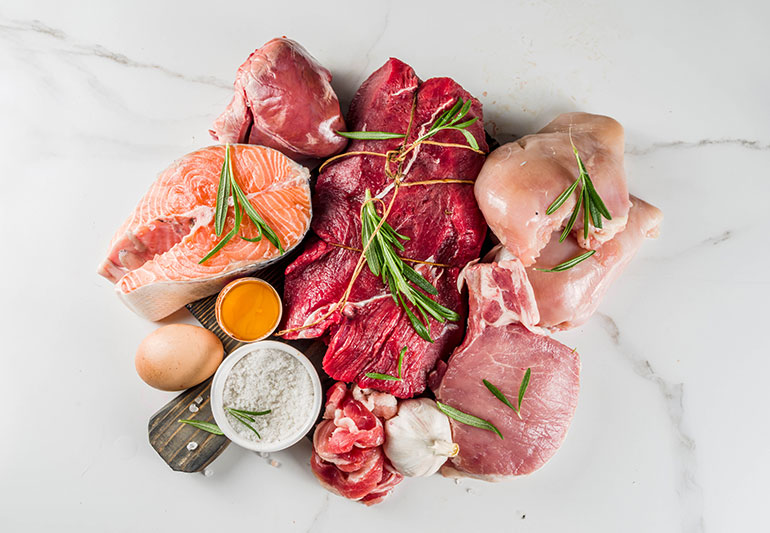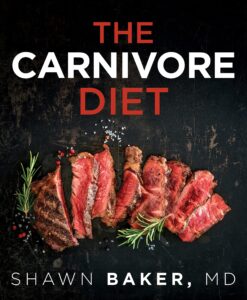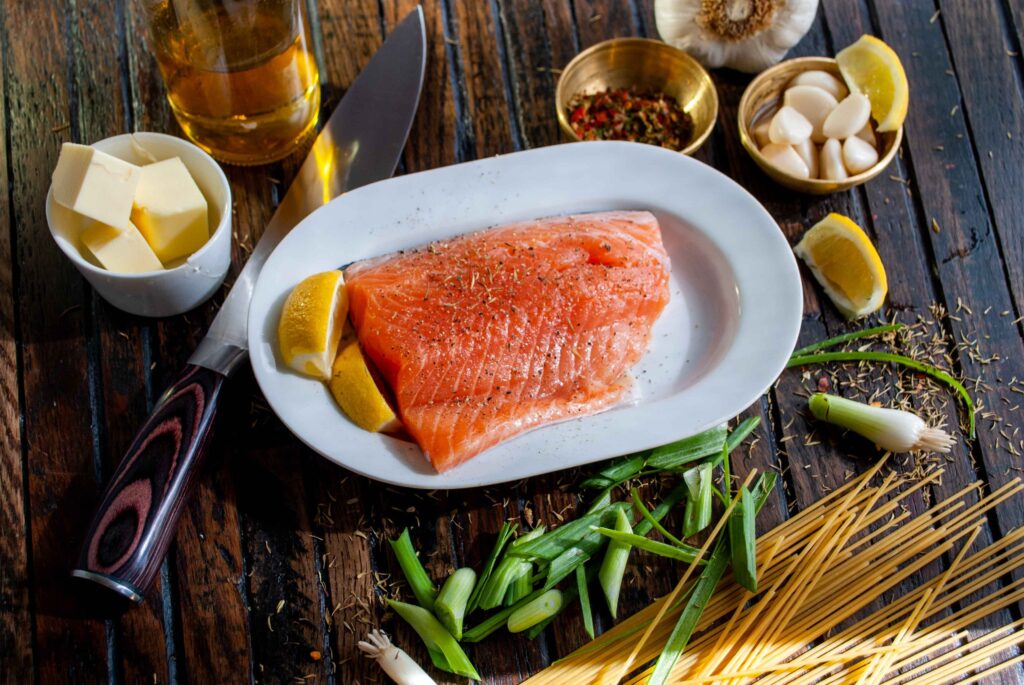"Health is like money,
we never have true idea of its` value
until we lose it

About
Losing weight isn’t easy but at the same time it`s not a difficult process either if you watch your meals, do regular exercise and laugh often.
Weight is not just about food you eat – it is a combination of many things. It doesn`t matter if you eat super healthy and do regular exercise but you`re depressed and unhappy all the time – that causes hormones to gain weight regardless.
At SMU, we like to make you aware, how you can lose your weight more efficiently while you`re still living the life of your dreams
Recent Articles
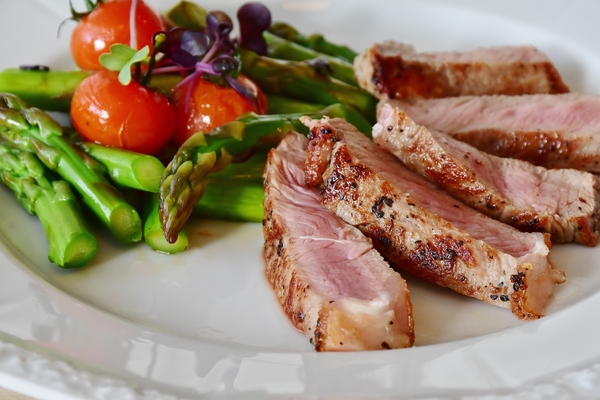
What Is the Carnivore Diet?
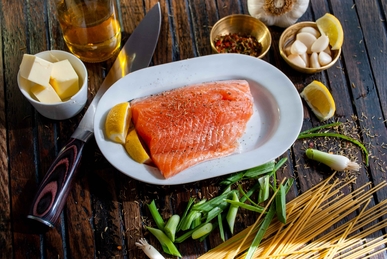
What Is the Keto Diet?
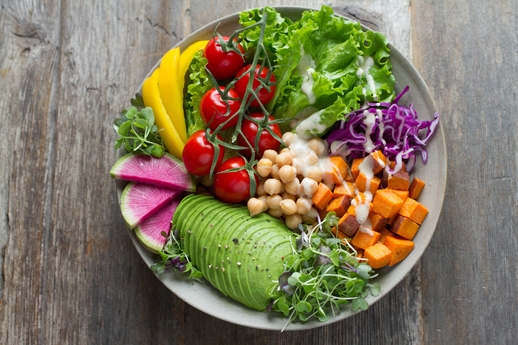
What Is the Vegan Diet?

What would lemon water do to your body?

What Is the Paleo Diet?
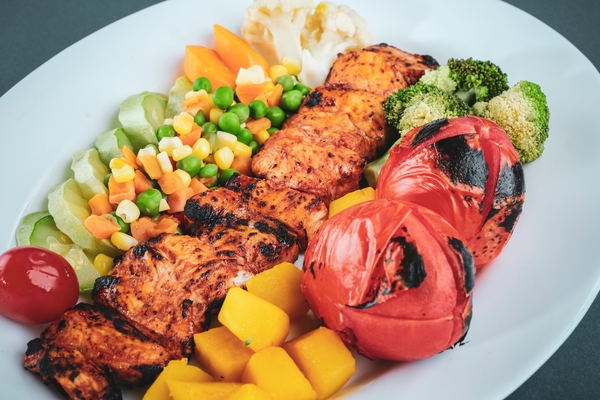
What is the best diet today?
What Is the Carnivore Diet?
Dietary fiber: a carnivore diet myth
Proponents advocate with cult-like fanaticism that your body doesn’t need fiber. This is totally incorrect. Fiber is a critical partof a healthy diet, and there’s plenty of science to prove it.
Here are some important dietary fiber benefits
- preventing constipation — a common problem in keto-based diets.
- removing excess cholesterols and bile acids from your body
- regulating blood glucose and blood lipid levels
- supporting immune system health
- feeding the essential bacteria in your gut microbiome
This last point is not to be underestimated — scientists even call this ecosystem of microorganisms a ‘new organ’. Good bacteria in your gut help prevent infections, and they produce vital nutrients (like butyrate) that fuel the cells of your gut lining
Carnivore diet menu
Now, let’s take a look at the list of foods on the carnivore diet and think about how this will affect your digestion and your monthly budget. Carnivore diet gurus recommend that you only choose the highest quality of meat, such as grass-fed beef, and wild line-caught salmon.
Carnivore diet food list
- red meat
- white meat
- offal (i.e., organ meat)
- animal fat (i.e., lard)
- poultry
- fish
- seafood
- eggs
- dairy (optional)
What Is the Keto Diet?
The ketogenic diet is a very low carb, high fat diet that shares many similarities with the Atkins and low carb diets. It involves drastically reducing carbohydrate intake and replacing it with fat. This reduction in carbs puts your body into a metabolic state called ketosis.
When this happens, your body becomes incredibly efficient at burning fat for energy. It also turns fat into ketones in the liver, which can supply energy for the brain. Ketogenic diets can cause significant reductions in blood sugar and insulin levels. This, along with the increased ketones, has some health benefits.
There are several versions of the ketogenic diet, including:
- Standard ketogenic diet (SKD): This is a very low carb, moderate protein and high fat diet. It typically contains 70% fat, 20% protein, and only 10% carbs.
- Cyclical ketogenic diet (CKD): This diet involves periods of higher carb refeeds, such as 5 ketogenic days followed by 2 high carb days.
- Targeted ketogenic diet (TKD): This diet allows you to add carbs around workouts.
- High protein ketogenic diet: This is similar to a standard ketogenic diet, but includes more protein. The ratio is often 60% fat, 35% protein, and 5% carbs.
However, only the standard and high protein ketogenic diets have been studied extensively. Cyclical or targeted ketogenic diets are more advanced
methods and primarily used by bodybuilders or athletes.
The information in this article mostly applies to the standard ketogenic diet (SKD), although many of the same principles also apply to the other versions.
